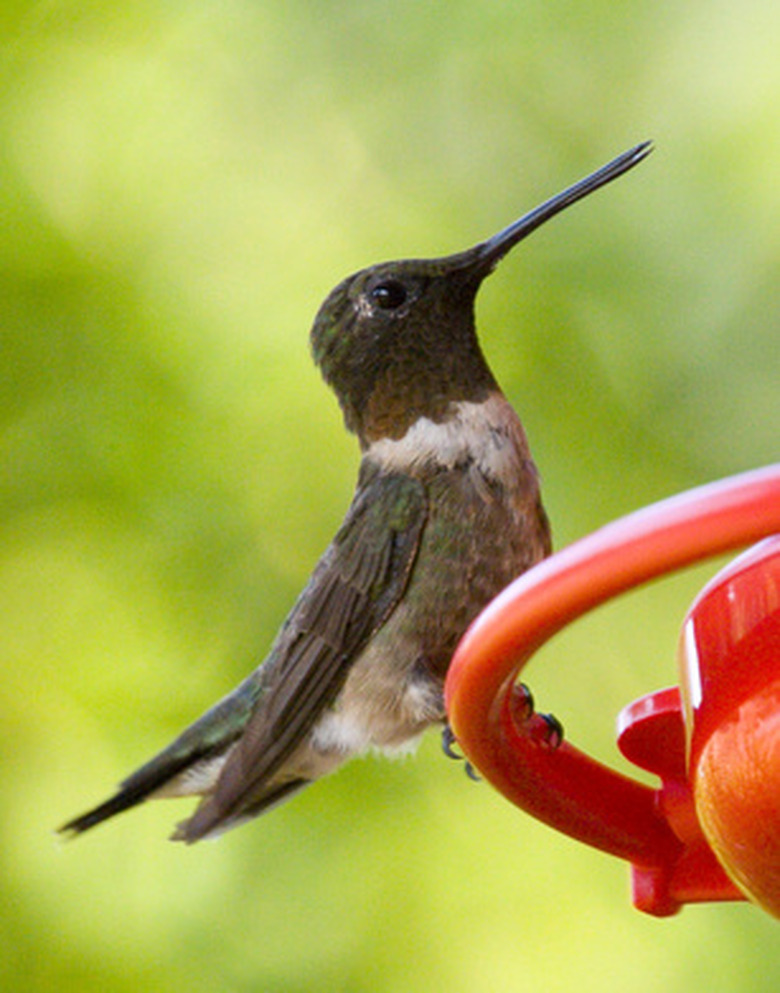Winter Care For An Agastache Plant
Members of the Agastache family are perennials. They are versatile and mostly quite hardy in USDA Hardiness Zones 5 to 10. In addition to being low-maintenance perennials, Agastaches are coveted by gardeners because they attract hummingbirds and butterflies. Several balms, mints and hyssops are members of the Agastache family. Winter care for these plants in Hardiness Zones 5 through10 is nearly as simple as care during the growing season. Unless your area gets very cold in the winter, the less you do, the better off your plants will be.
Step 1
Avoid clipping or cutting back your Agastaches once they start to turn brown and go into their dormant phase at the beginning of winter. You can safely completely ignore the plants at this point. Also, skip fertilizing and watering once they go dormant. Like many plants, Agastaches do not like to be fertilized or watered at this time.
- Members of the Agastache family are perennials.
- Like many plants, Agastaches do not like to be fertilized or watered at this time.
Step 2
Go about your daily business paying as little attention as possible to your Agastaches. Keep an eye on the weather, however. Mulch your Agastaches only if the weather will be below zero for long periods of time. Mulch to a depth of 2 to 3 inches. Do not water at any point during the mulching process.
Step 3
Remove the mulch as soon as the weather warms up to around freezing. Contrary to how some other plants react, Agastaches thrive on "tough love," such as relatively harsh winters.
- Go about your daily business paying as little attention as possible to your Agastaches.
- Mulch your Agastaches only if the weather will be below zero for long periods of time.
Tip
Agastaches thrive in full sun to partial shade. Soil should be poor or average for them to do their best. Agastaches also tolerate drought reasonably well. Small applications of fertilizer once a year are good, but do not overdo it. Agastaches do best when left to their own devices. After you have planted them, walk away and let the hummingbirds and butterflies do their jobs. Agastaches are self-seeding, although you can also propagate additional plants by division if you prefer.
